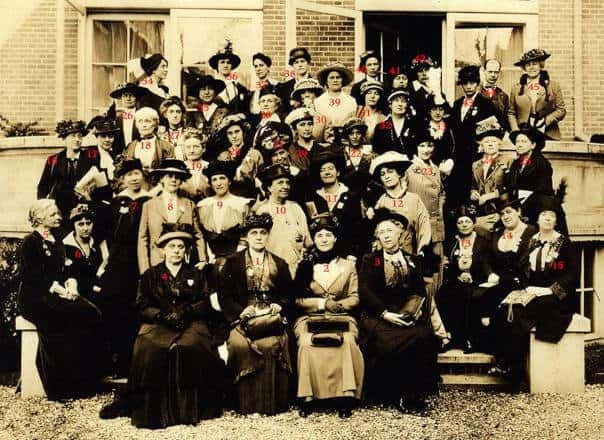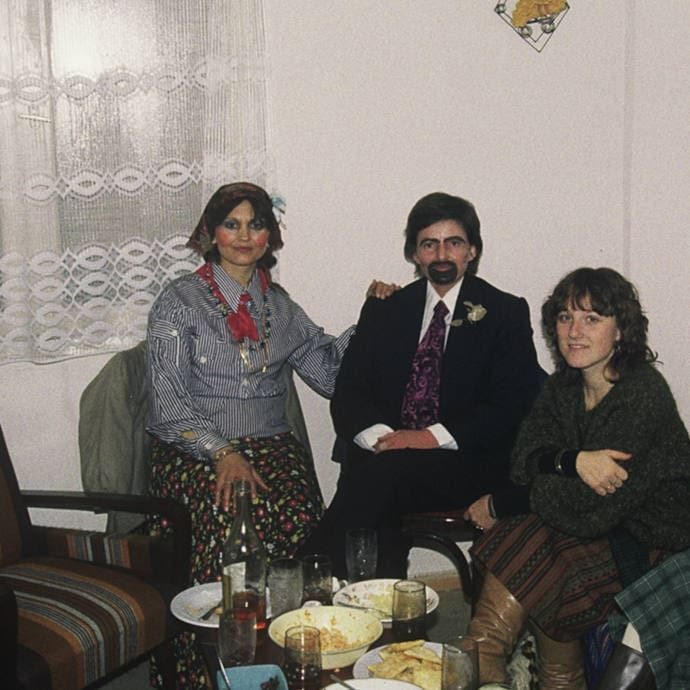I am rereading some of my own articles and chapters as I prepare for today’s lecture, and I thought these four might be useful for any interested readers.
The very first article I published is called ‘Who’s Afraid of Violent Language? Honour, Sovereignty and Claims Making at the League of Nations’, Anthropological Theory 3(3): 271-291, 2003. This article gives a full description of the minority petition procedure and especially the 5 ‘conditions of receivability’ that a petition had to fulfil in order to move to the next step. In particular, it considers the 4th condition, that a petition ‘must abstain from violent language’. I consider the ‘puzzle’ of ‘violent language — what it might mean — by looking at diplomatic language, disputes over ‘improper’ speech within diplomatic and bureaucratic contexts and the very different codes of political rhetoric and social reform. I place the discussions of language and procedure in the context of a description of the everyday practices of supervision by members of the League Secretariat’s Minorities Section and disagreements around practice: in this case, on how strict or lenient to be in relation to the ‘violent language’ of petitioners.

Female peace activists, including Jane Addams and Emily Green Balch, founding and central members of the Women’s International League for Peace and Freedom who were actively involved in lobbying and organizing around minorities issues at the League of Nations. Photo from Swarthmore College Peace Collection. (Date unknown, online source.)
‘Fixing National Subjects in the 1920s Southern Balkans: Also an International Practicethe Plenary Session of the Lausanne Conference’, American Ethnologist 35(2): 338-356, 2008 focuses on the Greco-Bulgarian Voluntary and Reciprocal Emigration scheme agreed between Greece and Bulgaria in Neuilly-sur-Seine in 1919, and shows how international civil servants (League personnel) both supervised states to ensure they met their minorities treaties obligations but also collaborated with states in helping them to regulate their population’s differences.
Specifically, the League worked with Greece and Bulgaria in setting up bureaucratic procedures for male heads of households to declare themselves (and their families) as belonging to ‘the Greek minority’ in Bulgaria or ‘the Bulgarian minority’ in Greece, which enabled them to move to their supposed national ‘home’.
I begin the article with the Manaki brothers, turn-of-the-century photographers and cinematographers which Romanian, Greek and Macedonian writers have all claimed to be ‘our own’ people, as figures for the kind of person that authorities found frustratingly difficult to deal with in these population schemes (of voluntary or compulsory ‘exchange’), because their nationality was uncertain, contested or changed during their lifetime.
‘The Supervised State’, Identities: Global Studies in Culture and Power 14(5): 545-578, 2007 looks at an ‘arresting conjuncture’, the fact that the international community’s involvement in states’ affairs frequently coalesces around a state’s management of internal difference. I look at ‘the supranational’ (with the League of Nations and the European Union as my cases) as a form of governmentality, taking as my example the ways that ‘minorities’ were reconfigured in two post-imperial moments (post WW1 and post-1989).
Apart from these four articles, I would also direct people to the work of two historians who I greatly admire:
Mark Mazower, 1997. ‘Minorities and the League of Nations in interwar Europe’, Daedalus 126(2): 47-63.
—-2004. ‘The Strange Triumph of Human Rights, 1933-1950’, The Historical Journal 47(2): 379-398.
Susan Pedersen, 2007. ‘Back to the League of Nations’, The American Historical Review 112(4): 1091-1117.
—-2015. The Guardians: The League of Nations and the Crisis of Empire. New York: Oxford University Press.

Alois Derso and Emery Kelén, Hungarian Jewish artists famed for their political cartoons in the 1920s-40s. This is from a book called ‘Guignol à Lausanne’, and depicts the Plenary Session of the Lausanne Conference of November 1922 to July 1923. Well-known diplomats and politicians are seated around a table which combines map, menu and agenda. Three key representatives in the negotiations, Eleftherios Venizelos (Greek), Lord Curzon (British) and Riza Nour (Turkish), can be seen at the top of the table with their advisors. The Lausanne Convention of 30 January 1923 agreed the compulsory exchange of populations between Greece and Turkey: over 1.2 million Orthodox Christians (classified as ‘Greeks’) from Turkey to Greece and over 350 thousand Muslims (classified as ‘Turks’) from Greece to Turkey.










